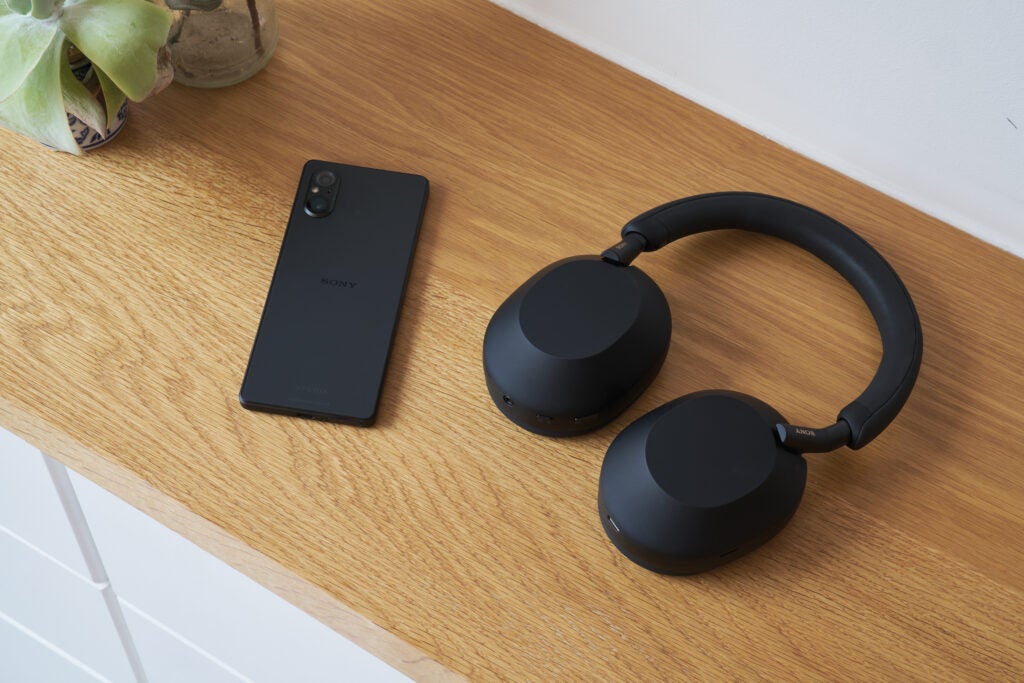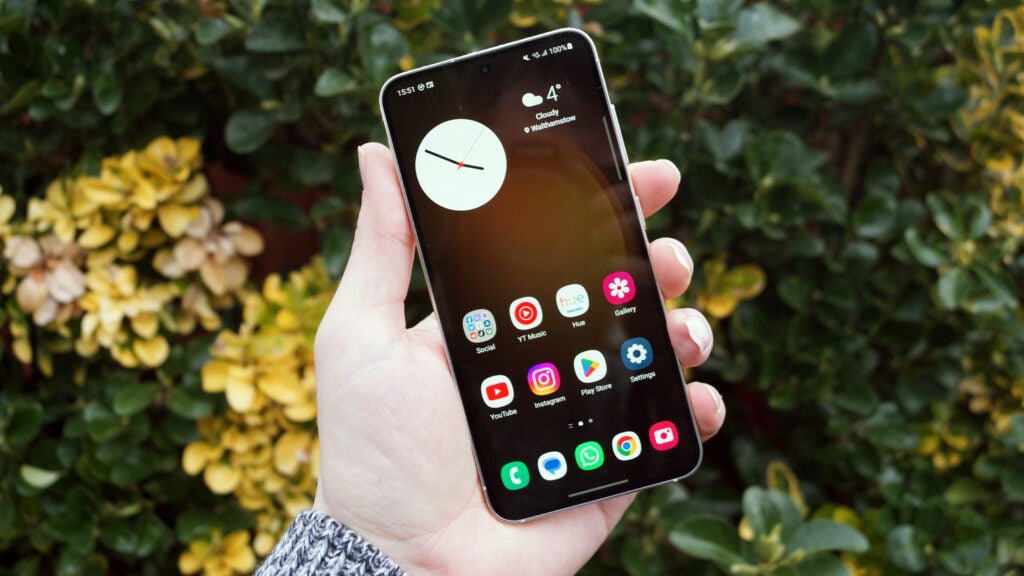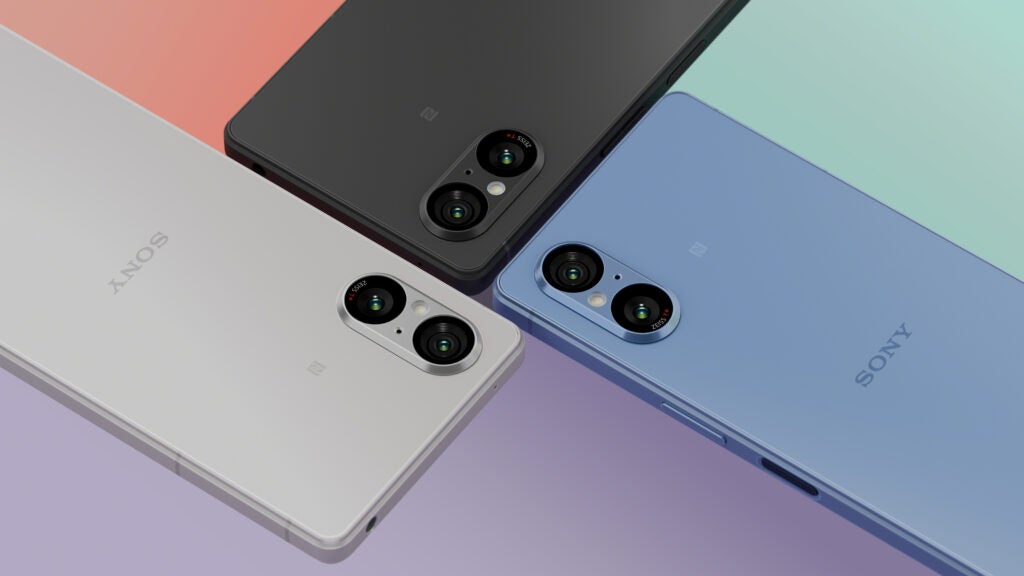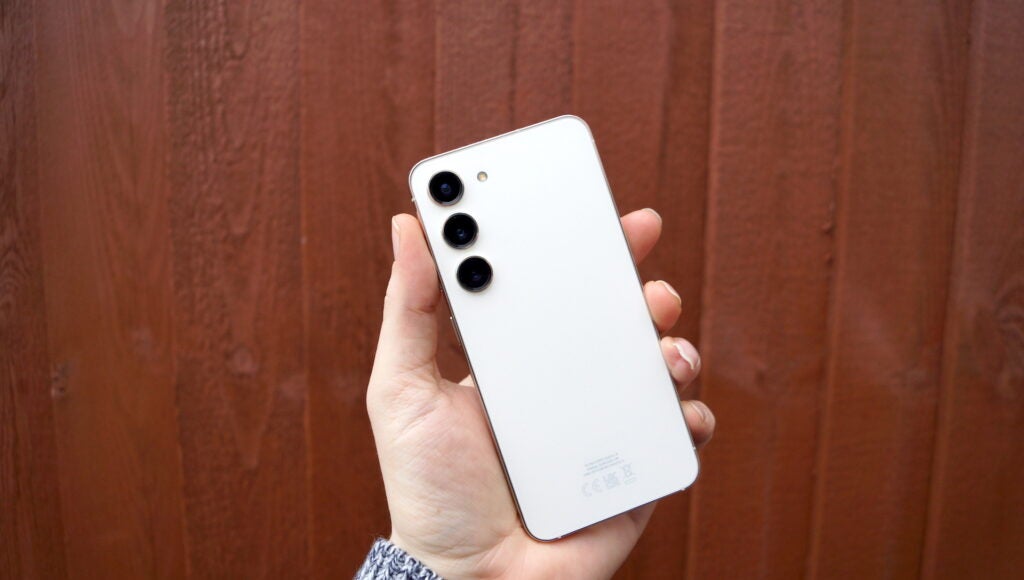Sony has announced the Sony Xperia 5 V, the flagship successor to 2022’s Xperia 5 IV. The question is, how does it compare to one of the most popular compact flagships around, the Samsung Galaxy S23?
The Sony Xperia 5 V boasts a number of key upgrades compared to its predecessor including Snapdragon 8 Gen 2 performance, the same impressive main camera sensor as the top-end Xperia 1 V and more, but there are still key areas – like software promise – that Sony could improve.
The Samsung Galaxy S23, on the other hand, is one of the most popular 6.1-inch smartphones in 2023. Boasting a trio of lenses, the same sleek design as the top-end S23 Ultra and a uniquely powerful Snapdragon 8 Gen 2 for Galaxy chipset, the Galaxy S23 is a well-rounded flagship with one of the best long-term software support promises around.
We’re yet to go hands-on with the Sony Xperia 5 V, but we’ve spent a lot of time with the Samsung Galaxy S23. With that said, here’s how the two flagship Android smartphones compare.
Both are compact smartphones
Both the Sony Xperia 5 V and Samsung Galaxy S23 are what we’d describe as compact phones. Even if they’re not quite up to the same standard as the truly compact 5.9-inch Asus ZenFone 10, they’re much smaller than the slew of 6.7- and 6.8-inch flagship smartphones on the market like the OnePlus 11 and Samsung Galaxy S23 Ultra.
Still, with identically sized 6.1-inch displays, both smartphones should fit nicely in the palm of your hand and your pocket. Don’t let the size of the displays fool you though; these are very much premium displays to match the flagship nature of the smartphones.

The Xperia 5 V, for example, sports a smooth 120Hz refresh rate, OLED tech and Sony’s TV-focused X1 for Mobile chipset to further improve the detail and quality of video content displayed on the device.
The Samsung Galaxy S23, on the other hand, sports Samsung’s Dynamic 2X AMOLED display tech, support for HDR10+, as well as LTPO technology that allows the refresh rate to dynamically adjust from 1-120Hz depending on what you’re doing. This has a knock-on effect on battery life without being noticeable in everyday use.
The Samsung Galaxy S23 is more powerful
The Sony Xperia 5 V has seen a boost in performance, going from the Snapdragon 8 Gen 1 to the more powerful and energy-efficient flagship Snapdragon 8 Gen 2, coupled with 8GB of RAM to play with. That’s a fairly decent setup, and although we’re yet to go hands-on with the Xperia 5 V, our experience with a slew of other 8 Gen 2-equipped devices in 2023 points towards good things.
That would’ve been great if Samsung hadn’t stepped it up a notch with its exclusive partnership with Qualcomm. The two companies collaborated to produce the Snapdragon 8 Gen 2 for Galaxy exclusive to Samsung devices, boasting a higher-clocked CPU and an additional GPU core compared to the already-powerful standard Snapdragon 8 Gen 2.
This gives the Samsung Galaxy S23 an advantage in benchmark testing with impressive results across the board, though generally speaking, you’re highly unlikely to notice a difference in day-to-day performance. It’ll only be in the most demanding apps and games that the S23 will win out.

The Sony Xperia 5 IV has a more advanced primary camera
The star of the Sony Xperia 5 IV is the inclusion of the same 52MP Exmor-T sensor as the pricier Xperia 1 V. It’s the world’s first smartphone CMOS sensor with 2-layer transistor pixel tech that essentially means it can capture much more light than similarly sized smartphone sensors, with much less noise in low-light scenarios.
Interestingly, the primary sensor is capable of two levels of zoom, though, unlike the optical lens of the Xperia 1 V, you can only select either 24mm or 48mm – essentially 1x and 2x.
That’s paired with a 12MP 16mm ultrawide, but notably, it lacks a dedicated telephoto zoom lens. That’s a stark contrast to the Samsung Galaxy S23 and even its predecessor, the Xperia 1 IV, making it a less versatile option for everyday snaps.
The Samsung Galaxy S23 misses out on the impressive 200MP snapper of the S23 Ultra, but it does boast a solid 50MP primary camera alongside a 12MP ultrawide and a 10MP 3x telephoto lens.
We were impressed by the performance of all three lenses, noting an almost identical colour palette and plenty of detail in well-lit and low-light scenarios. Colours can be a little vivid, though that’s a common trait among Samsung smartphone cameras.

The Samsung Galaxy S23 has a better software promise
Sony has boosted the long-term software pledge with the Xperia 5 V to two OS upgrades and three years of security patches, up from the singular OS upgrade available on its predecessor.
That may be a step in the right direction, but it’s still behind most of the flagship smartphone competition – especially given the increasing popularity of 36-month contracts in the UK.
It also pales in comparison to Samsung’s industry-leading software upgrade promise, delivering four OS upgrades and five years of bi-monthly software patches for the Samsung Galaxy S23, seeing it through to Android 17.
This means that your phone will not only be safe from hackers for longer than Sony’s smartphone, but it’ll also continue to improve with new OS upgrades and features.

Both cost the same amount of money in the UK
Many felt that, at £949 in the UK, the Sony Xperia 5 IV was too expensive for what was on offer. It looks like Sony has taken the criticism on board as the new Xperia 5 V is £100 cheaper than its predecessor at £849.
This puts it in direct competition with the identically priced Samsung Galaxy S23. This should at least remove price as a potential barrier if you’re deciding between the two – it’ll come down to the specs and which design you largely prefer.
The Samsung Galaxy S23 is available to buy now following release in early 2023, while the Sony Xperia 5 V is set to be released at the end of September.




